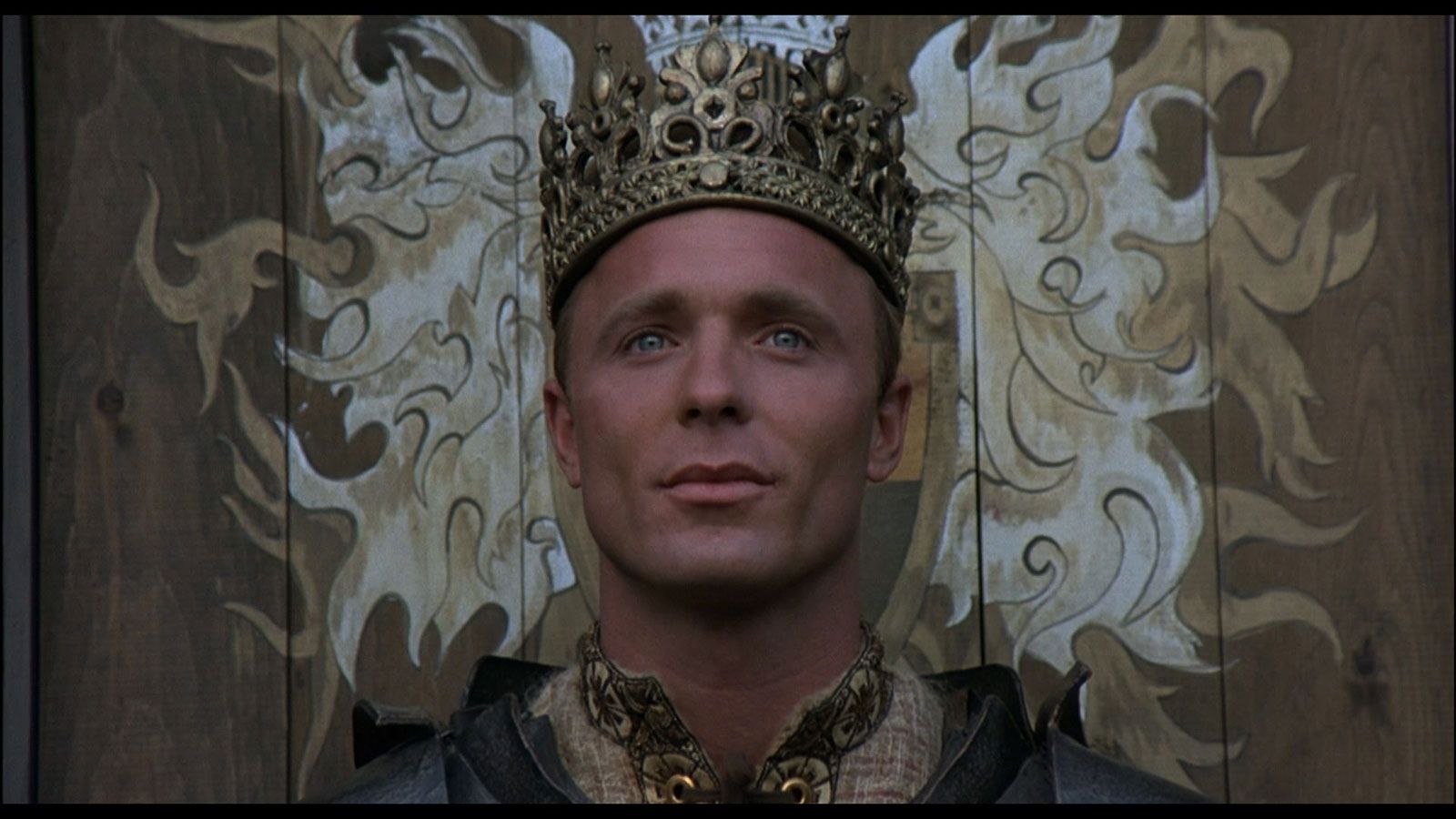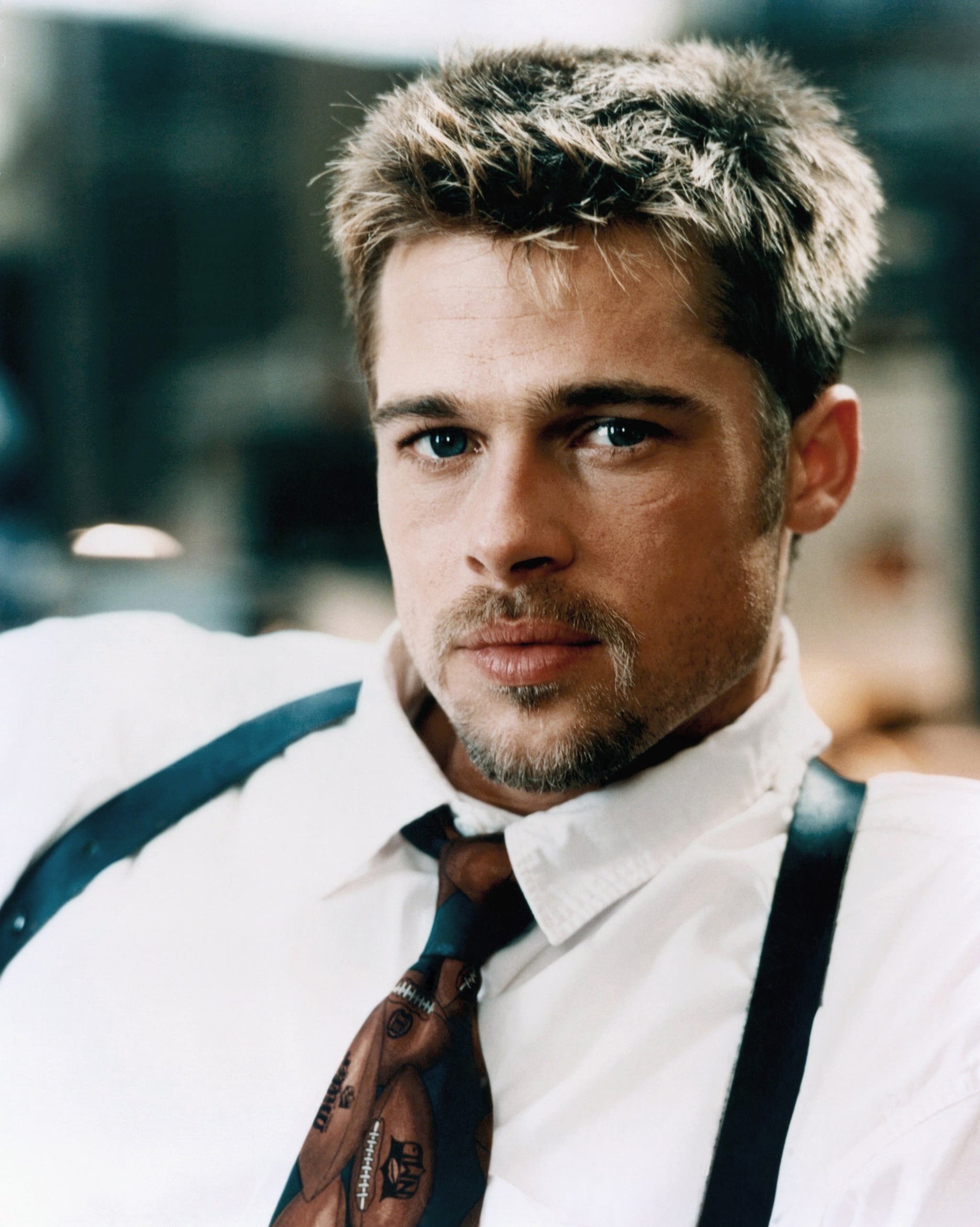

His Flickr account is filled with stunning landscapes and portraits, and, of course, pictures of cars. “I can take as good a picture with a box camera and my lens from the 1980s as the most modern digital cameras today.” Darlow exerts more artistic influence through the selections he makes processing the film in his basement darkroom. Even after he takes a photo, choices remain. When Darlow is shooting, you won’t hear the sound of the rapid shutter clicking from a full-day’s outing, he might emerge with just 10 shots. An impressive display of her work adorns Darlow’s office in the Trades, Technologies and Innovation Facility. Daughter Isabelle is an artist enrolled in her first year in the college’s Multimedia Production Program. Eldest daughter Annabelle was an internationally competitive judoka who’s now enrolled in the college’s Exercise Science program. In Darlow’s seventh year of teaching at Lethbridge College, his children have both joined him. It can be such a time-consuming process that his two daughters grew weary of sitting for portraits. He thinks through every detail, calculating the interplay of time and light. The photographer can make even more choices, such as the type of film – maybe even motion picture film adapted to fit a still camera, giving images a bluish-pink tone.īefore taking a photo, Darlow has in mind the look he’s trying to achieve. "You’ve just got to make your own brackets and rig it up,” he says. With his mechanical know-how, he’s adapted lenses to mount on camera bodies they were never built for. He also has an extensive collection of lenses, the oldest of which is an 1861 German-made Voightlander. His “oddball” is a Sigma Merrell digital camera that takes amazing landscapes from a small, awkward-to-hold body.

There’s a 2010 large-format box camera that would look at home in the late 1800s, and a Zeiss Ikoflex Clio from 1930s.

There’s a Mamiya 7 from Japan, and a couple of Leicas, including a 1950s M3, one of the company’s best-sellers. He has a collection of camera bodies from modern, mirrorless digital to 35 mm, medium- and large-format film cameras spanning the past century. Two photographers standing at the same location can take a photo at the same time yet come away with very different images. “What’s amazing about photography is all you need is a box and some film behind it,” he explains, “and to understand the theory of photography.” The days are shorter in winter and even if it’s overcast, the light is flat but it’s easier to control your exposure.”įor Darlow, photography is all about the artistry and mastery of the technical aspects of the camera, lens, film and developing process to evoke a feeling – be it nostalgia, awe or mystery. So you have to go out in the golden hour of morning or night, and I’ll be honest, I don’t like to be up at like five in the morning and I don’t want to still be in the mountains at 10 at night. “In summer, everything is so bright,” he says. That was especially true in the summer of 2020, when his love for travel to Europe was curtailed by COVID.īut with the days getting shorter, this Lethbridge College-trained, Red Seal journeyman heavy equipment technician turns his attention to another passion - photography. In the summer, you’re likely to find Mike Darlow, an instructor in the Heavy Equipment Apprenticeship program, working on vintage and hot rod cars.


 0 kommentar(er)
0 kommentar(er)
